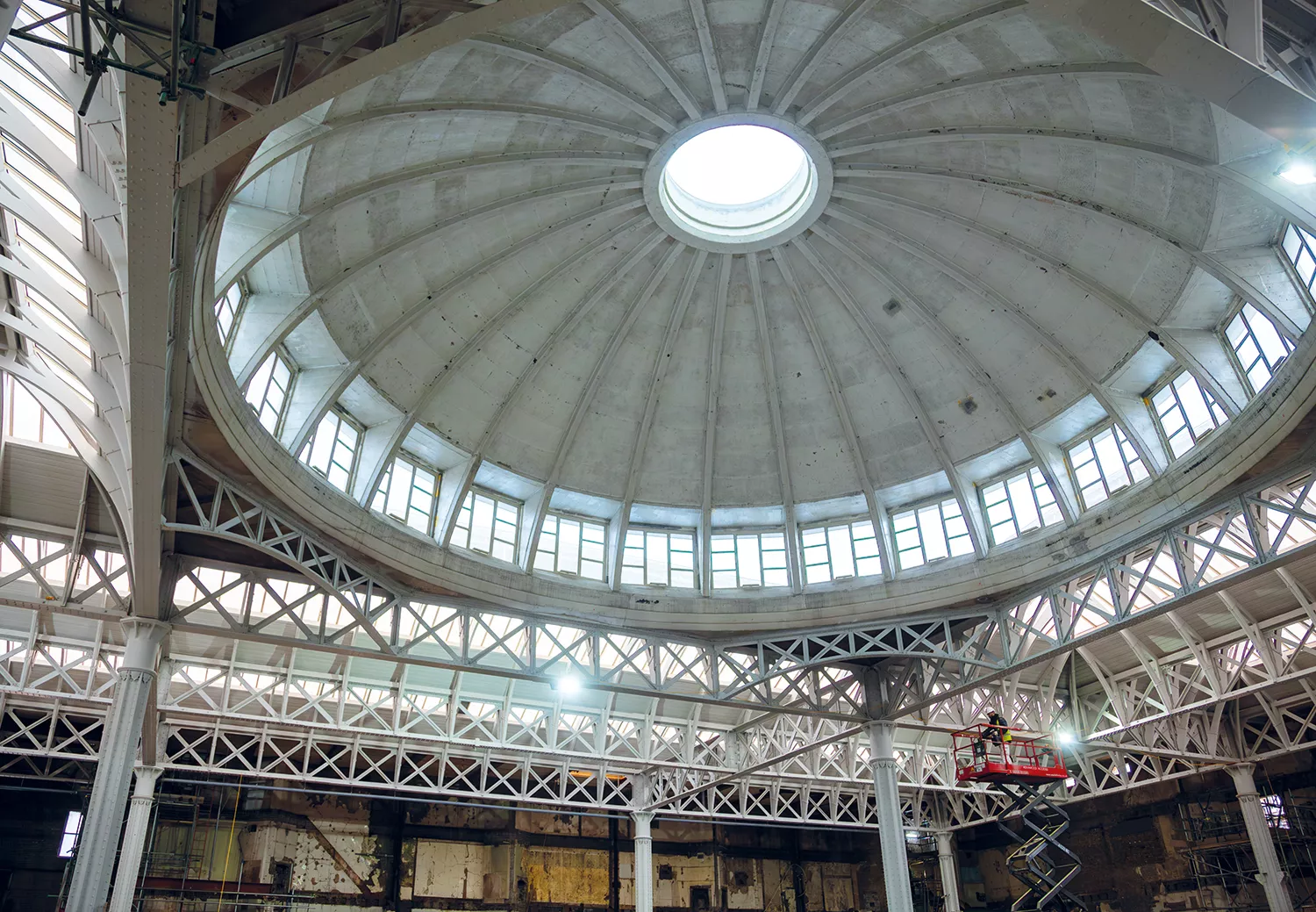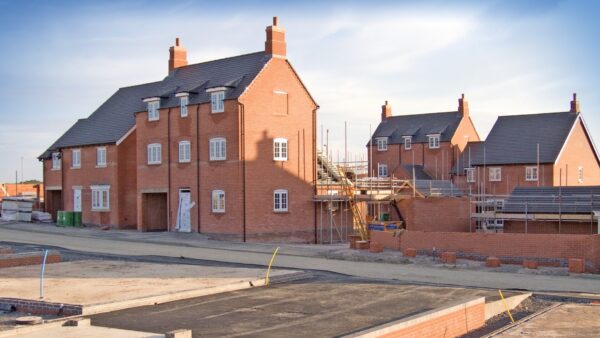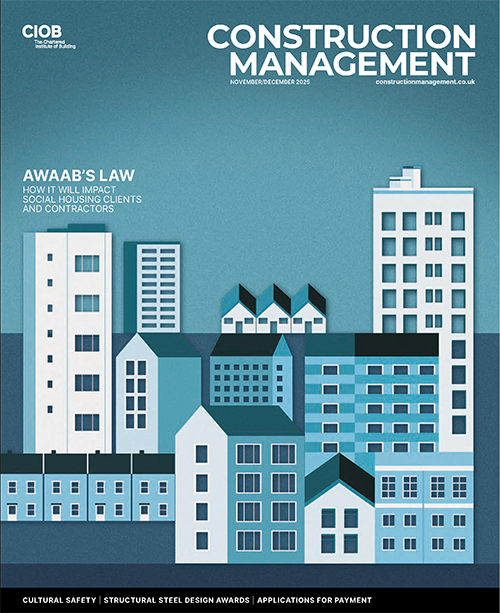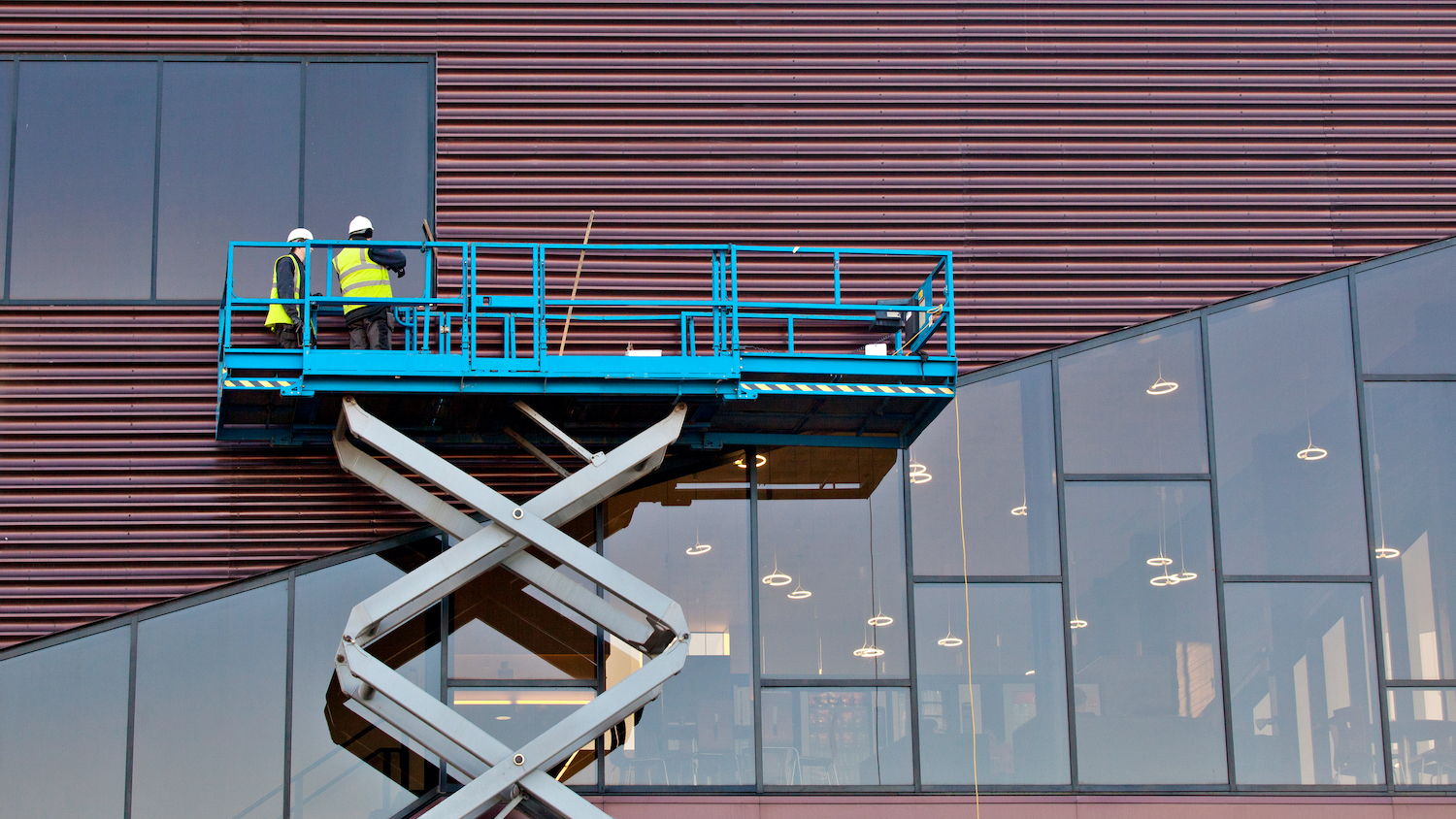
Early engagement with the supply chain helped Sir Robert McAlpine make carbon savings on its London Museum project, explains Simon Leek.
With the government’s target of reaching net zero by 2050 drawing closer, the construction industry’s efforts to decarbonise and become more sustainable are under increasing scrutiny.
Innovations in the sector are developing at pace, setting new benchmarks for sustainable construction. At Sir Robert McAlpine, our pursuit of this has revealed a clear need for a shake-up in how we approach projects, to encourage supply chain engagement in sustainable solutions as early as possible.
By acting at the early stages of the construction process, we can maximise collaboration between contractors, materials suppliers and designers, with sustainability becoming a golden thread that remains central to every step for all parties involved.
London Museum: novel sustainable concrete
During the refurbishment and fit-out of the new London Museum, Sir Robert McAlpine recently implemented two novel concrete mixes that exemplify the importance of collaboration within the supply chain.
The first involved working with Heidelberg Materials, Getjar and AKT II to create a concrete mix comprising calcined clay (a supplementary cementitious material that can replace carbon-intensive Portland cement) and recycled concrete aggregate (RCA) sourced from demolition waste.
Believed to be a UK first, the mix delivered both circularity and carbon benefits, as well as highlighting the speed at which such innovations can be deployed when prioritised from the start. From idea to execution, the mix took just two weeks to develop, approve and pour.
The second concrete mix, using Holcim’s ECOCycle RCA, substituted 20% of the recycled aggregate for crushed concrete waste sourced from demolition and construction activities.
Initially floated during the pre-start sustainability meeting, the value of the idea was quickly recognised, with the project sustainability team, package engineer and structural engineers all working together to fast-track its implementation.
Sustainability achieved efficiently
The success of concrete innovation on the project demonstrated that through early engagement, sustainability can be placed at the top of each stakeholder’s agenda.
The efficiency in converting these ideas to reality meant that no additional costs were incurred, the project was not delayed, and we were able to secure a 17% reduction in embodied carbon per cubic metre.
Amid concerns that net zero by 2050 is moving increasingly further from our reach, the London Museum shines a light on what can be achieved if the construction industry works together and unsiloed to achieve more sustainable outcomes.
A fundamental shift in planning and practical implementation of early engagement is critical to decarbonising the construction industry – it is down to us all as individuals to enable this collaboration and enact long-term change.
Simon Leek is a company carbon manager at Sir Robert McAlpine.











